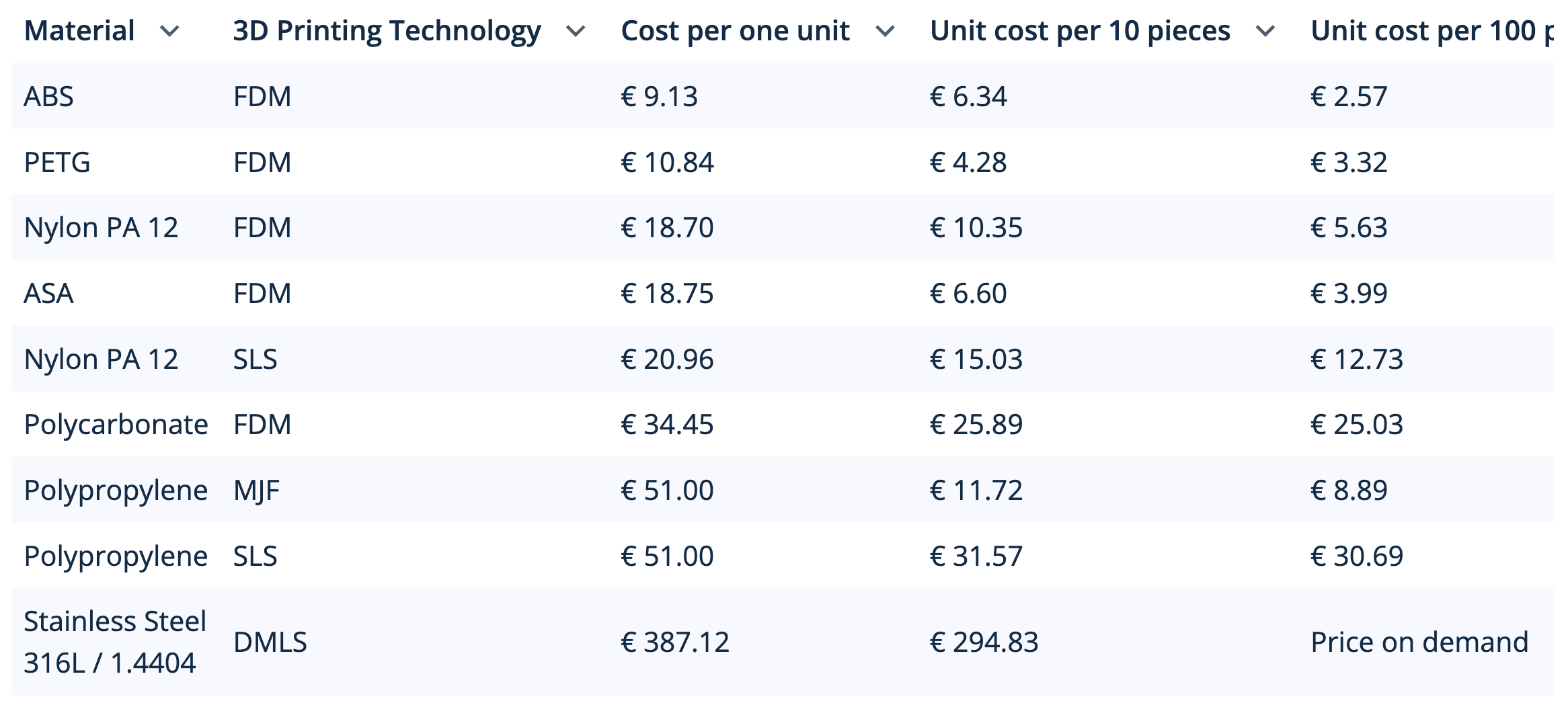Suggested Topics
Topic
Replies
Views
Activity
Alodine coating enough for avionics enclosures?
Hi there, my project is a CNC machined enclosure in 6061-T6 aluminum for an avionics module that’ll be mounted in a wing compartment exposed to temperature swings, some humidity, but not direct salt spray.... read more
1
14
Jul 11
Resistant material for small gear system
Looking for the best material for a locking mechanism for an electric vehicle charging connector. Essentially a small gear system that engages to prevent unplugging during charging. The gear teeth are low-load but need... read more
2
51
Jul 04
Effect of zinc flake coating thickness on bolt performance
In an automotive subframe project using M12 class 10.9 bolts, exposed to salt spray and vibration, I’m looking into zinc flake coatings for corrosion protection. Curious if doubling the coating thickness—from 8 µm to... read more
2
57
Jun 26
direct metal laser sintering
I need to obtain hole/channel sizes of 0.65 mm. will this be obtainable with a 40-60 layer thickness in tool steel?
1
69
Jun 13
SLA material for outdoor indicator lenses
hi, I'm recreating two small indicator lenses for a 1980s motorcycle restoration. These need to be clear, UV-stable, and able to handle exposure to sun and rain long-term. I’m planning to go with SLA... read more
2
167
Jun 24
 Europe
Europe  Türkiye
Türkiye  United Kingdom
United Kingdom  Global
Global 

 Login with my Xometry account
Login with my Xometry account 